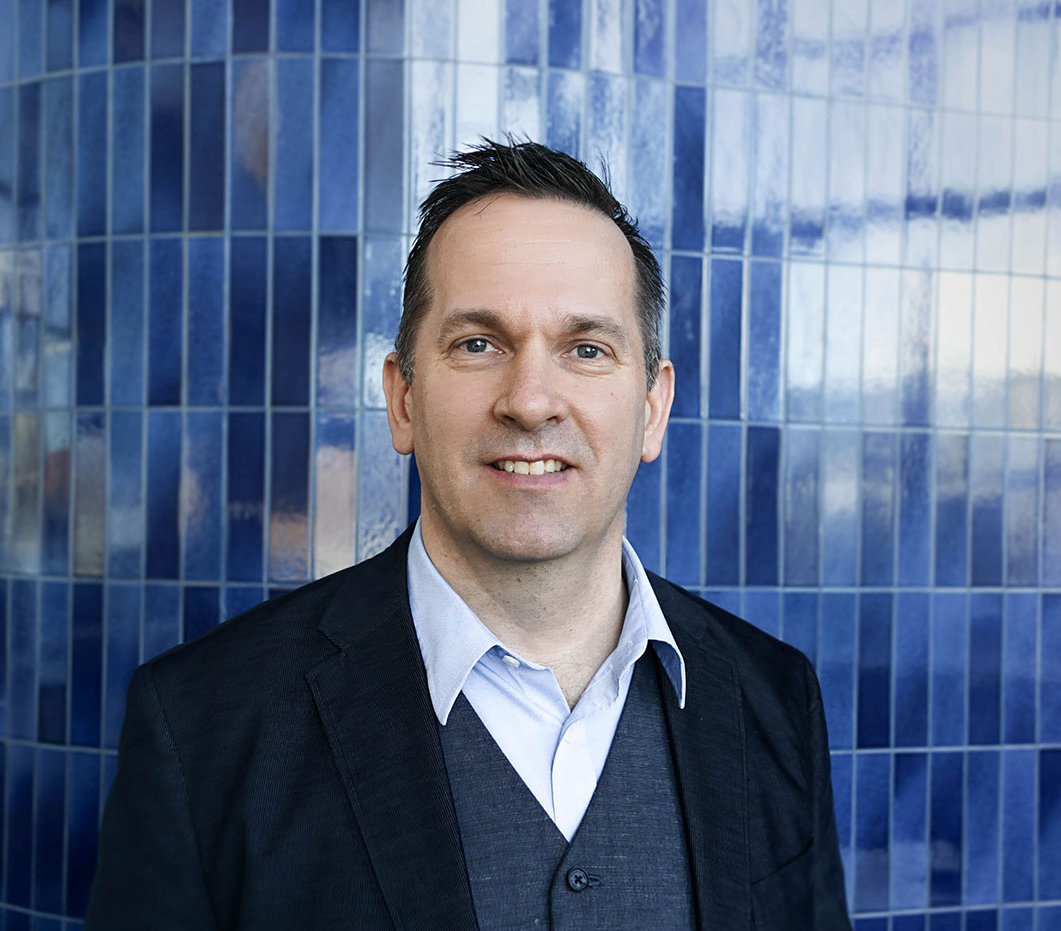The day after mass murder claimed six lives at a mosque in Quebec City, Canadians are understandably horrified at the reality of worshippers being gunned down while at prayer, and simultaneously frightened by the prospect of religious violence raising its vile face among us.
But for Milton Friesen, director of the Cardus social cities program, beneath the horror and the fear lie deep questions about the human bonds forged by religious faith. At a roundtable discussion Friesen is attending in the U.S. this week, he says, he expects to take part in the “asking of difficult questions and listening to provisional answers from each other.”
The empirical existence of religious communities is an incontrovertible fact. If my objective as a researcher is to understand the social landscape of the communities that make up our cities, I will inevitably encounter religious people and the institutions that they arise from and sustain through their volunteering, donations, and spiritual investments. This is not a political statement; it is an observation. It does not commit me to a particular religious viewpoint or reflect a prejudice.
The interrogation of assumptions is a hallmark of both natural human questioning and the more formalized expression of scientific and rational inquiry. So, it is valuable to ask what contribution religious communities do or do not make to the wider communities they are part of.
Some of us have strong natural tendencies to ask questions and to see beyond the usual answers while others are more oriented to accepting what we have with a small margin available for considering other possibilities. This week in Chicago, a dozen people will gather to interrogate the idea that religion contributes positively to the socio-cultural goods of our cities.
Among the key questions we will ask are:
- Do religious communities make cities better places and if so, how does the social generation of common goods work?
- Where are they faltering or failing and why?
- What do public contexts like journalism, politics, and education need to know about religious contributions to the common good?
- Will we experience a decline in religion as a private practice?
Participants in the roundtable discussion have been given the responsibility of asking difficult questions and listening to provisional answers from each other. We know this is a very partial effort in the face of deep and substantial social and cultural changes, but there is a measure of comfort in the knowledge that we will be neither the first nor last to ask these questions. Variations on the themes outlined above are raised at coffee shops, in online forums, classrooms, political offices, boardrooms, and buses.






